mThe Beijing Winter Olympics pulled off an engaging show powered by futuristic technologies.
BEIJING, March 20 (TMTPOST) -- The 2022 Winter Paralympic Games came to an end recently in Beijing, with "hopes fo peace" serving as the outgoing message. Athletes and sports fans across the globe celebrated the moment together, appreciating the great sportsmanship that athletes from different countries had displayed on the snow and the ice.
Last month at the 2022 Winter Olympic Games, China not only bagged nine gold medals, four silver medals and 15 bronzes, but also witnessed the rise of a galaxy of new snow sports players such as Eileen Gu.
Behind the scenes, many incredible technological applications helped athletes become safer and stronger and the screen before global viewers more vivid and engaging.
Here is a recap of some of the futuristic technological applications that helped China run splendid winter games.
An autonomous restaurant with no human staffKeeping athletes and organizing committee members from different corners of the globe energized is always essential for a sports event. At the 2022 Beijing Winter Olympic Games, robots took over a restaurant to serve the entire Olympic Village, making the restaurant an Instagram-worthy place for many athletes.
At the autonomous restaurant, the entire dining process, from placing an order, cooking, and food delivery, was completed by an automated system. The kitchen was run by 120 cooking robots only.
The restaurant was run by robots only.
The 3,680-square-meter restaurant had a ceiling-mounted robot arm system, which was used to deliver food from the kitchen to designated tables. Athletes just wait for their food at the table after placing an order.
The smart restaurant provided 24-hour seven-day dining services, offering breakfast, lunch, dinner, afternoon tea and night snacks for its customers.
The robots-run restaurant also played a major role in preventing potential spread of Covid-19.
The futuristic cooking and dining system was incredibly efficient. For instance, it took the burger-making robot only 20 seconds to toast the bread, cook up a meat pie and add vegetables and sauce to the burger. The entire burger-making process was standardized, which ensured the quality of the burgers and increased efficiency.
A robot staff for security, logistics and sterilizationIt is not uncommon to see robots in daily scenarios nowadays. For instance, during the pandemic, some hotels that serve as quarantine facilities would deploy robots to deliver food and daily necessities to its customers. In shopping malls, it is also common to see robots that serve as navigation assistants, showing the way for shoppers. At the 2022 winter games, we also saw a fleet of robots that was tasked with a variety of responsibilities to help maintain the operation of the competition.
In the sporting arena, security robots would patrol automatically and record suspicious movements. Unlike conventional robots that could patrol only a set route, the advanced robots at the winter games were equipped with ToF sensors, lidar and smart obstacle avoiding system that enabled them to adroitly maneuver around. These robots could detect obstacles beforehand and avoid the obstacles by circumventing or stopping.
Robots sterilized the venues.
There were also robots that were tasked with an important job during a pandemic – sterilization. In order to reduce human interaction while ensuring the effectiveness of the sanitation, the Beijing organizing committee deployed a robot fleet to regularly sterilize the venues. In addition, there were also robots that were used for checking temperatures. Different from conventional temperature detectors, these robots could move around flexibly and ensured the staff could use them whenever and wherever it was necessary.
Smart bedsThe winter games introduced smart beds for athletes. They look exactly the same as ordinary ones. However, they are made of revolutionary materials and have innovative functions.
The smart beds use memory foam materials that can adjust to different body shapes. Inside the beds, there are sensors that will monitor the users’ sleep. The beds also come with remote controls that allow users to adjust the bed’s level to fit their usage.
The smart beds can wake up users gently by raising the bedside instead of sounding an alarm.
The magical bed wakes up a sleeper gently.
In the evening, when users are sleeping, the smart beds will automatically adjust the pillow in accordance with the snoring sound that they detect from the users.
For athletes who need a longer bed, they can use the bed chair that comes with their bed, which elongates the bed to 2.2 meters or 2.4 meters.
Wearable thermometerAt the 2022 Beijing Winter Olympic Games, there were many hidden high-tech devices. For instance, a wearable thermometer that looks like a bandit was widely used at the sports event. The bandit-looking thermometer is equipped with a wireless electronic thermometer. It can be attached to the user’s armpit and accurately measure the user’s temperature.
The wearable thermometer is said to have an error margin of 0.1~0.2 degree Celsius. It transmits temperature data it recorded to a mobile application on smartphones. The wearable thermometer checks the user’s temperature once every three seconds. Once the temperature it recorded surpasses 37.3 degrees Celsius, the wearable device will automatically notify the pandemic control and prevention team. The thermometer also has a GPS unit, which allows the team to quickly locate users with abnormal temperature.
Besides ensuring participants of the winter games were safe from the pandemic, the wearable thermometer can also record the movement of its users.
4K livestream on cloudAt this year’s winter games, over 6,000 hours of livestream were recorded. It was imperative for the organizing committee to ensure the delivery of high-definition livestream since viewers across the globe cared about every detail of the games.
At the PyeongChang Olympic Winter Games in 2018, 4K livestream was already used, which provided more image information than conventional 1080P images. This ensured that viewers could see every movement of the athletes and even their facial expressions.
The Beijing 2022 took it further by relaying 4K livestreams of the competitions through cloud technology. This means that the livestreams did not solely rely on satellites to relay transmission across the globe but also through cloud .
Viewers were able to watch the entire winter games on cloud. Cloud livestreaming helped reduce the number of facilities and equipment needed at the sports revenue to achieve livestream, drastically saving personnel. It also made it convenient for the media to livestream the sports event, display recaps of the competitions and add visual effects. Spectators were able to watch the games through multiple channels.
The livestream cloud also enabled the media to play slow motion footage, allowing viewers to appreciate the subtle details of athletes during their competition. At this year’s games, viewers also had the luxury to watch the competitions from whatever angle they wanted. Through dozens of high-definition cameras and the use of modelling algorithms, the livestream cloud could provide three-dimensional perspectives for viewers to watch the competitions.
Unlike summer sports events, the winter games needed equipment that can stay functional and perform stably in low-temperature environments. A lot of equipment and technologies applied in the 2022 winter games were made in China.
关键词: English

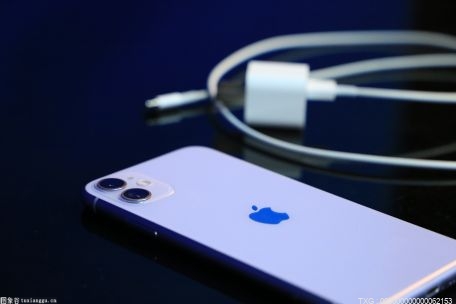




















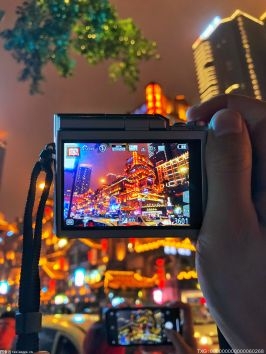






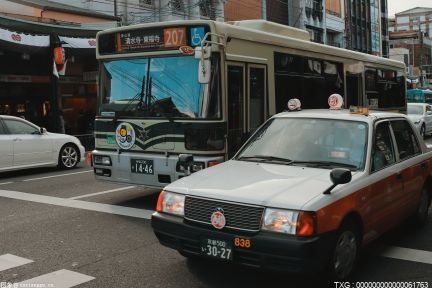

















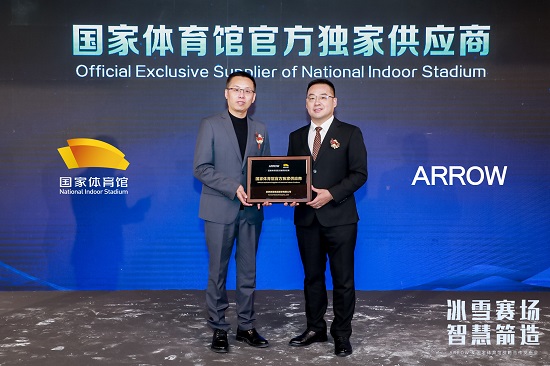

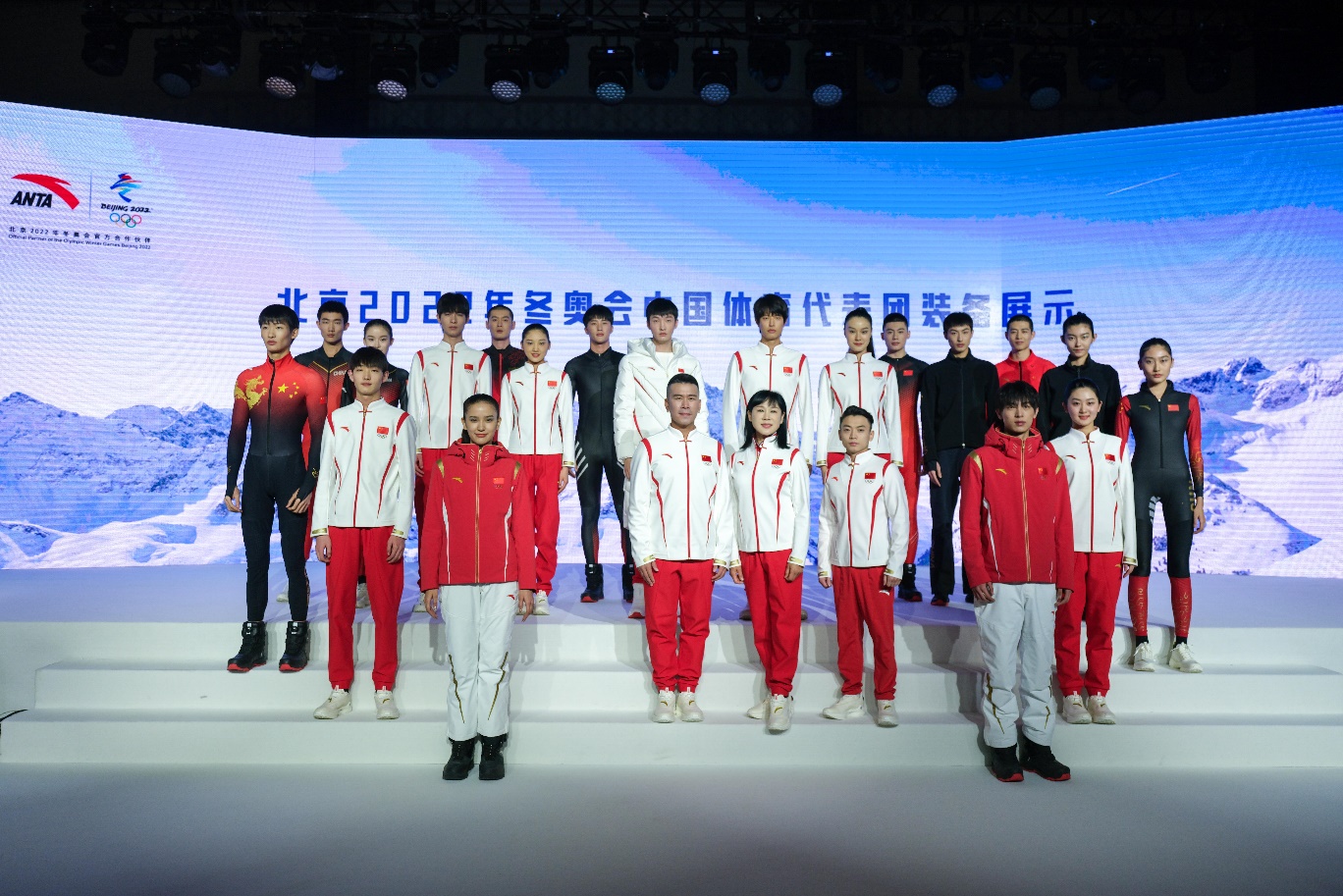



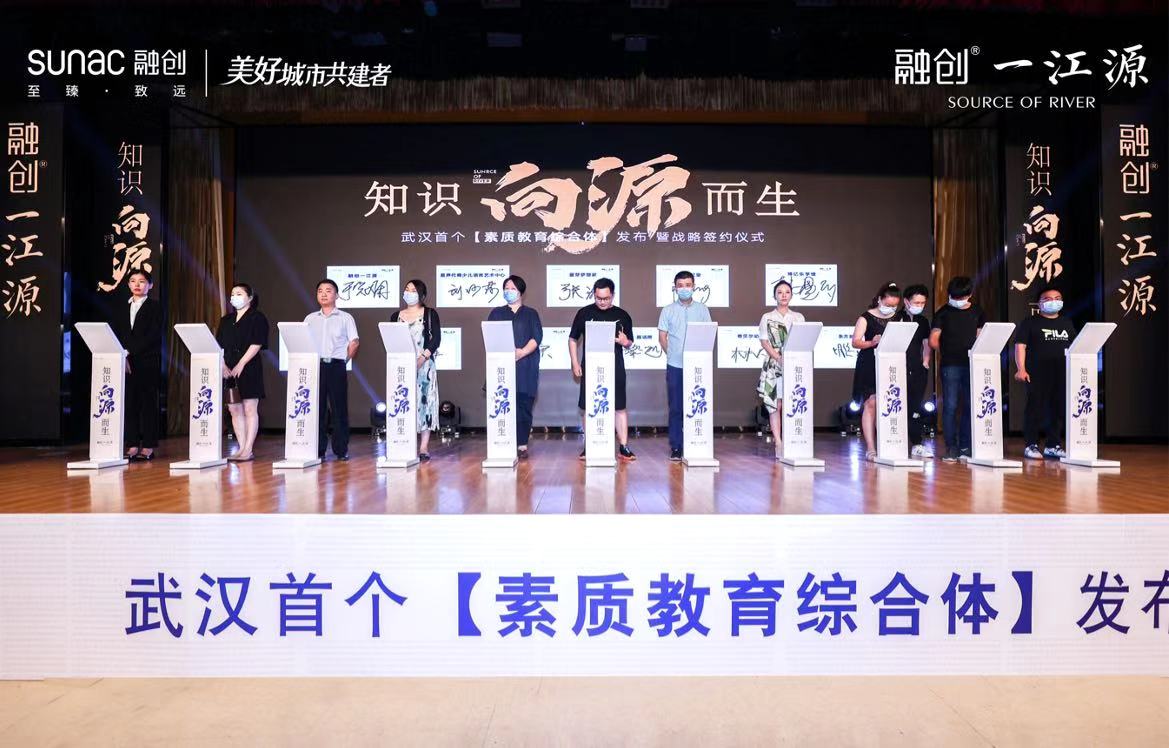
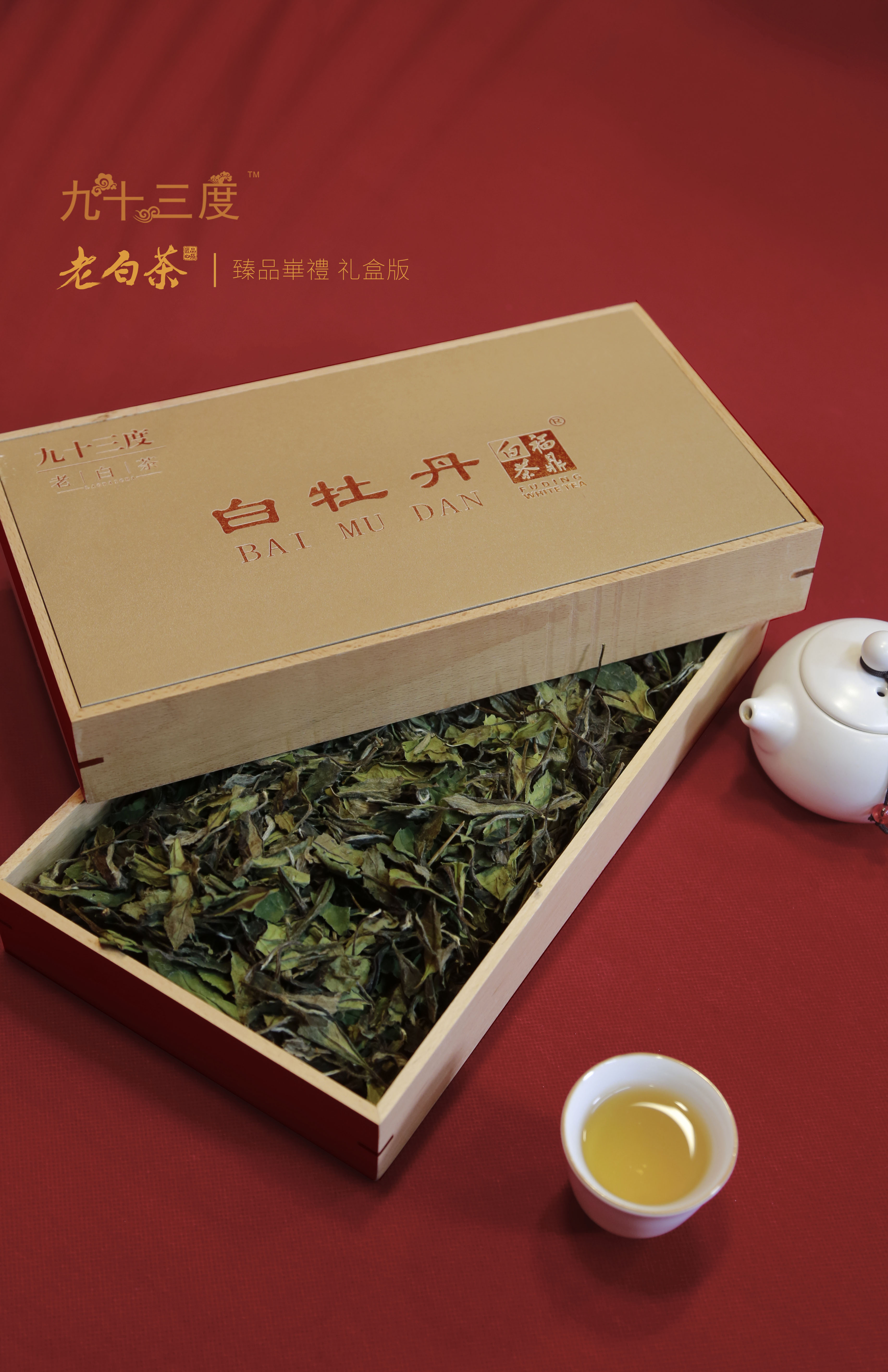
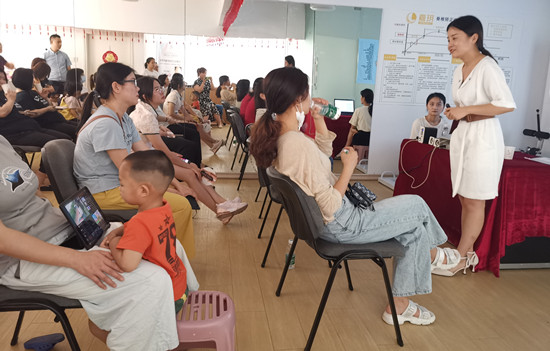

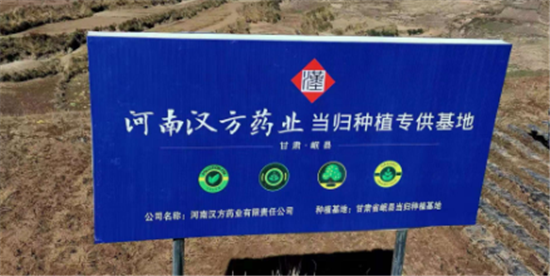
 营业执照公示信息
营业执照公示信息